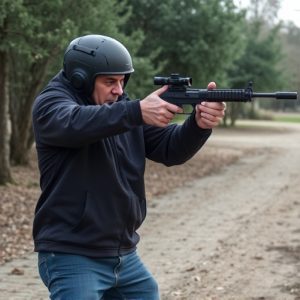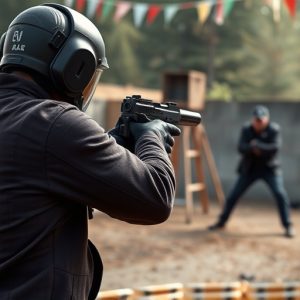Stun Gun Muscle Incapacitation Duration: Price Insights & Safety
Selecting an effective self-defense tool requires understanding muscle incapacitation duration (5-15…….
Selecting an effective self-defense tool requires understanding muscle incapacitation duration (5-15 seconds) and varied factors affecting stun gun performance, including power output, voltage, amperage, and proper placement. Balancing effectiveness and safety, users should consider the price range for quality stun guns from reputable brands, prioritizing budget, features, and warranties. Legal compliance and responsible handling are paramount. Investing wisely ensures reliable personal safety.
“Uncover the intriguing world of muscle incapacitation caused by stun guns, a non-lethal self-defense option gaining popularity. This article delves into the science behind stun gun effectiveness, exploring factors like amperage and voltage that influence their power. We dissect the diverse price range for quality stun guns, guiding you to make informed choices while highlighting key legal considerations and safety precautions essential for responsible ownership.”
- Understanding Muscle Incapacitation from Stun Guns
- Factors Affecting Stun Gun Effectiveness
- The Role of Amperage and Voltage
- Price Range for Quality Stun Guns: What You Get for Your Money
- Legal Considerations and User Safety Precautions
Understanding Muscle Incapacitation from Stun Guns
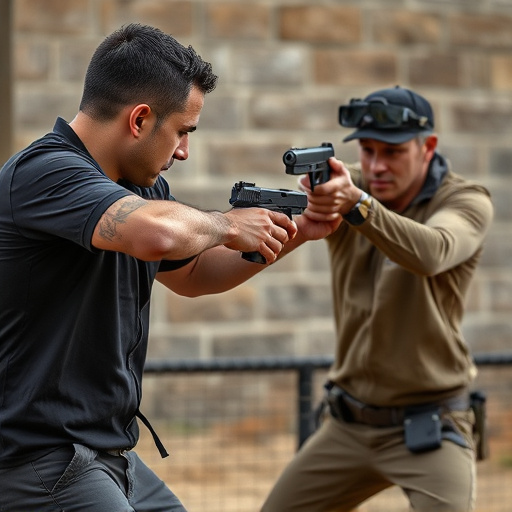
Understanding Muscle Incapacitation from Stun Guns
When it comes to self-defense, stun guns have gained popularity for their ability to temporarily incapacitate an assailant through electric shock. The duration of muscle incapacitation from a stun gun can vary significantly based on several factors, including the quality and price range of the device. Quality stun guns within a reasonable price range typically deliver high-voltage, low-current electrical pulses designed to disrupt muscular control without causing permanent harm.
The effect is achieved by disrupting nerve signals to the muscles, leading to temporary paralysis or incapacitation. Studies suggest that muscle incapacity can last from 5 to 15 seconds, though this duration may be influenced by factors such as the stun gun’s power output, the target area, and the individual’s physical condition. Understanding these variables is crucial for users to make informed decisions when choosing a stun gun within their preferred price range, ensuring that they have a reliable tool for self-defense in critical situations.
Factors Affecting Stun Gun Effectiveness
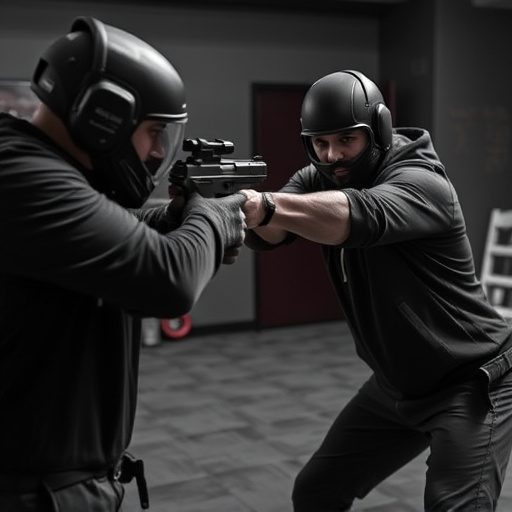
The effectiveness of a stun gun, or electroshock weapon, can vary greatly depending on several factors that impact its ability to incapacitate a target. One key determinant is the quality and price range for the stun gun; higher-end models often have stronger jolts delivered at longer ranges, making them more effective against resistant individuals. The voltage, current, and pulse width of the stun gun play crucial roles in causing temporary muscle paralysis, with higher specifications generally resulting in quicker and more profound effects.
Additionally, the size, weight, and ease of use also contribute to the weapon’s effectiveness. Smaller, lighter models are often easier to manage during close-quarters encounters, allowing users to deploy them swiftly and accurately. Moreover, the location of the contact points on the stun gun is essential; targeting nerve centers in the body can enhance the immobilizing effect, while poor placement may result in reduced impact despite the power output.
The Role of Amperage and Voltage
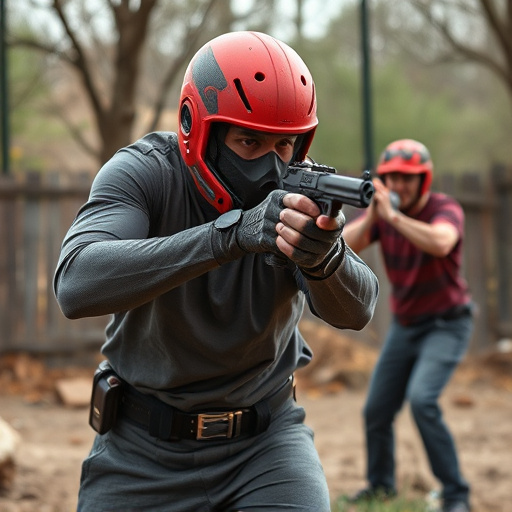
The effectiveness of a stun gun largely depends on two key factors: amperage and voltage. Amperage, or electrical current, is measured in amps and represents the flow of electrons through a circuit. Higher amperage typically results in more intense muscle incapacitation, as it disrupts nerve signals and causes involuntary muscular contractions. Voltage, on the other hand, refers to the pressure that forces electricity through a circuit. Stun guns with higher voltage can deliver a stronger shock, leading to quicker muscle relaxation and immobilization.
When considering the price range for quality stun guns, it’s evident that higher-end models often incorporate advanced electrical components that enhance both amperage and voltage output. These features ensure more reliable and potent shocks, effectively neutralizing an assailant for a significant period. The investment in such devices can be crucial for personal safety, as it provides users with the confidence to deter potential threats, especially in challenging situations where every second counts.
Price Range for Quality Stun Guns: What You Get for Your Money

When considering a stun gun for personal safety, one of the primary concerns is its effectiveness and, equally important, its price range for quality. The market offers a diverse selection with varying price points, ensuring options for every budget. High-end stun guns can cost several hundred dollars, featuring advanced technology, powerful jolts, and durable construction. These devices often come with extra features like LED lights, holsters, and multiple settings. On the other hand, mid-range models provide a more affordable option without compromising on quality too significantly. They offer robust performance, reliable stun capabilities, and basic accessories at a fraction of the cost of top-tier models.
The price range for quality stun guns largely depends on brand reputation, materials used, and additional features. Investing in a reputable brand ensures better build quality and reliability. Cheaper options may be more susceptible to wear and tear over time. Moreover, higher-priced stun guns often include warranties, ensuring peace of mind for the buyer. Understanding your budget and prioritizing specific features will help you navigate this market and find an appropriate stun gun that meets your needs without exceeding your financial constraints.
Legal Considerations and User Safety Precautions
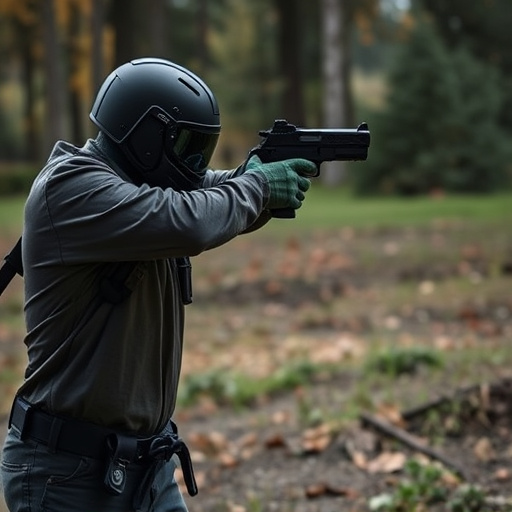
When considering a stun gun for personal safety, it’s crucial to understand the legal landscape surrounding their use. The legality of stun guns varies significantly by region and jurisdiction, with some areas allowing them only for law enforcement or specific individuals with permits, while others permit their possession for self-defense purposes. It’s essential to research and comply with local laws to avoid legal repercussions.
User safety precautions are equally vital. Stun guns deliver a powerful electric shock that can incapacitate an attacker temporarily, but they should be used responsibly. This includes understanding the range and effectiveness of the device, as well as practicing safe handling techniques. Additionally, considering the price range for quality stun guns is essential—investments in robust, reliable models from reputable manufacturers can offer peace of mind while ensuring user safety and legal compliance.
In conclusion, understanding the duration of muscle incapacitation from stun guns is crucial for both personal safety and legal compliance. By considering factors like amperage, voltage, and price range for quality stun guns, users can make informed decisions to ensure effective self-defense while adhering to relevant regulations. Remember that, in terms of user safety, knowledge and responsible ownership are key.

